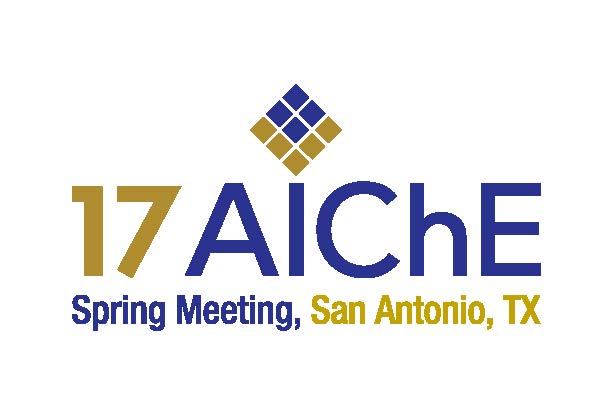

But how do we evaluate the quantified risk for shipping LNG? How can demonstrate that the risk of shipping LNG is acceptable to our society? Currently, the U.S. federal government has not explicitly provided risk criteria for evaluating acceptability of shipping LNG via specific routes. In contrast, international regulators and industry organizations have implemented tolerable risk criteria for determining acceptability of new technologies, but their underlying bases may not be apparent. In this paper, we will demonstrate how existing stationary LNG plant tolerable risk criteria can be used to develop criteria for LNG transportation risk. The inappropriateness of directly applying these existing stationary plant risk criteria to transportation will be explained, and other existing HHFT commodities (propane (LPG) for example) will be used to benchmark against the stationary LNG plant criteria and to show how these criteria can be modified to apply to transportation risk. Ultimately, the risks will be quantified for LNG HHFTs and compared to existing HHFTs to show that the newer fuel, LNG, poses reasonable and equivalent risks to many of the other HHFTs currently shipped through the U.S. From this work, a tolerable risk criterion for LNG shipping via rail will be proposed.
Presenter(s)
Language
Pricing
Individuals
| AIChE Member Credits | 0.5 |
| AIChE Pro Members | $19.00 |
| Employees of CCPS Member Companies | Free |
| AIChE Graduate Student Members | Free |
| AIChE Undergraduate Student Members | Free |
| AIChE Explorer Members | $29.00 |
| Non-Members | $29.00 |
